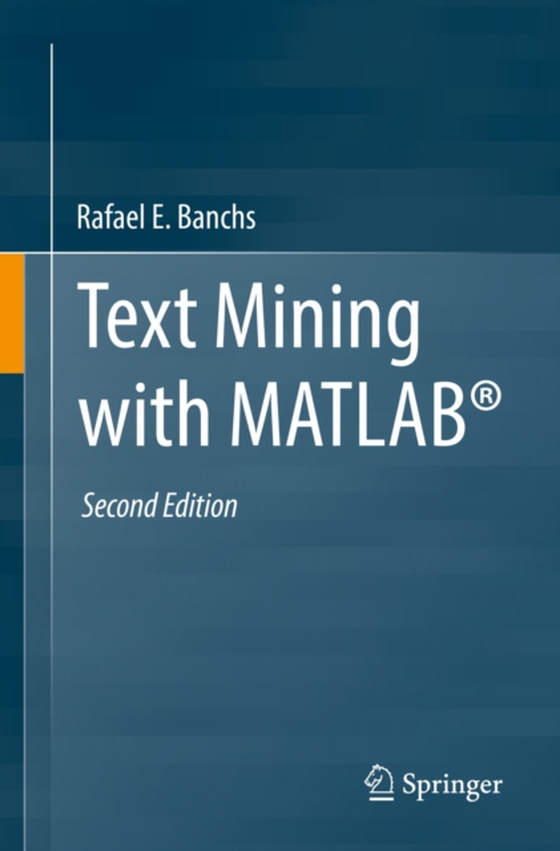
Text Mining with MATLAB(R) e-bog
583,01 DKK
(inkl. moms 728,76 DKK)
Text Mining with MATLAB(R) provides a comprehensive introduction to text mining using MATLAB. It is designed to help text mining practitioners, as well as those with little-to-no experience with text mining in general, familiarize themselves with MATLAB and its complex applications. The book is structured in three main parts: The first part, Fundamentals, introduces basic procedures and methods...
E-bog
583,01 DKK
Forlag
Springer
Udgivet
21 oktober 2021
Genrer
Mathematical and statistical software
Sprog
English
Format
pdf
Beskyttelse
LCP
ISBN
9783030876951
Text Mining with MATLAB(R) provides a comprehensive introduction to text mining using MATLAB. It is designed to help text mining practitioners, as well as those with little-to-no experience with text mining in general, familiarize themselves with MATLAB and its complex applications. The book is structured in three main parts: The first part, Fundamentals, introduces basic procedures and methods for manipulating and operating with text within the MATLAB programming environment. The second part of the book, Mathematical Models, is devoted to motivating, introducing, and explaining the two main paradigms of mathematical models most commonly used for representing text data: the statistical and the geometrical approach. Eventually, the third part of the book, Techniques and Applications, addresses general problems in text mining and natural language processing applications such as document categorization, document search, content analysis, summarization, question answering, and conversational systems. This second edition includes updates in line with the recently released "e;Text Analytics Toolbox"e; within the MATLAB product and introduces three new chapters and six new sections in existing ones.All descriptions presented are supported with practical examples that are fully reproducible. Further reading, as well as additional exercises and projects, are proposed at the end of each chapter for those readers interested in conducting further experimentation.
 Dansk
Dansk

